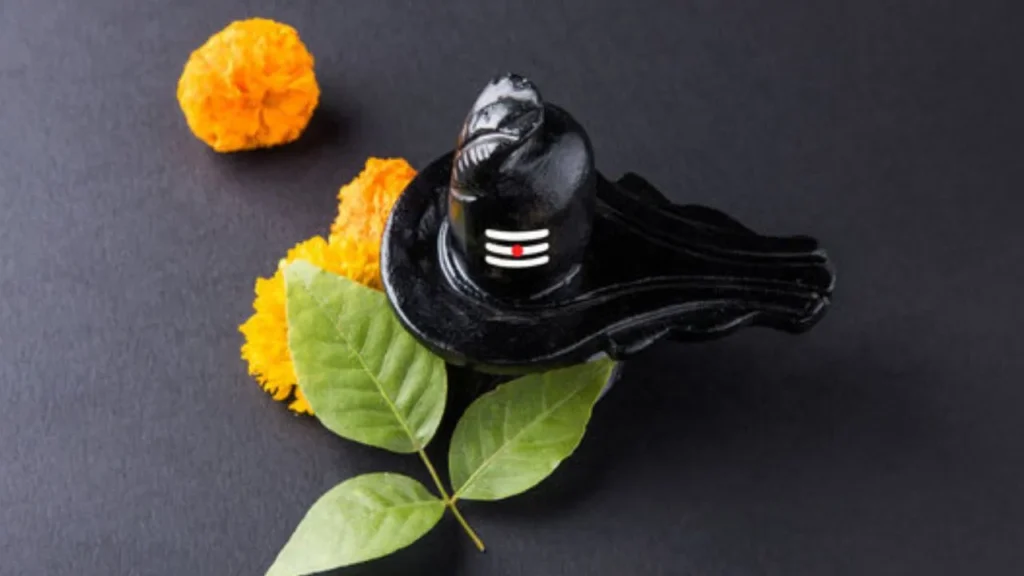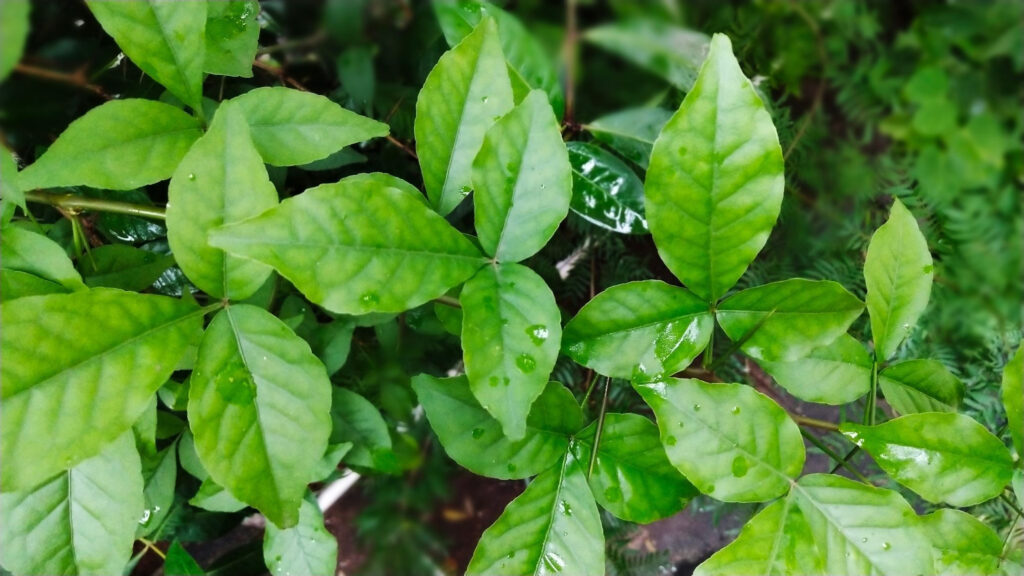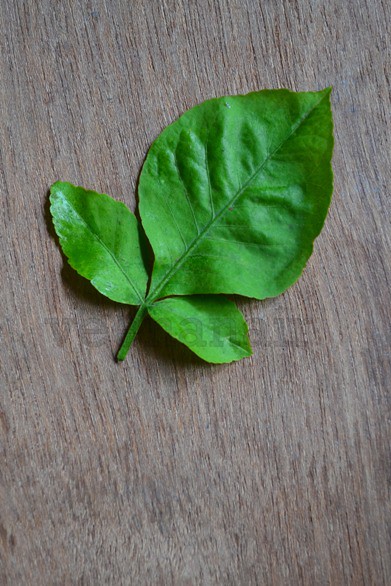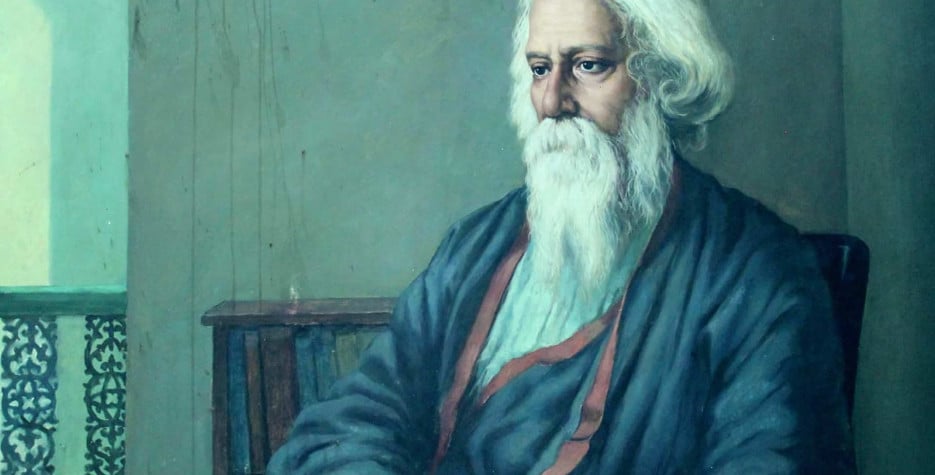
Bel Patra is one of the most common and revered rituals in Hinduism’s worship of Lord Shiva, which is a hugely important aspect of the religion. The Bel tree (Aegle marmelos), often called the Bael tree, is considered sacred and has long-standing mythical and religious ties. Bel Patra is offered to Lord Shiva with great symbolism and spiritual significance.
Deeply ingrained spiritual beliefs support the offering of Bel Patra, which is said to have many positive effects on the worshipper. The article explores the benefits of presenting Bel Patra to the Shivlinga as well as the reasons behind it.
Ancient Mythological Origins
Ancient Hindu texts such as the Puranas and different mythological tales can be used to trace the link of the Bel tree with Lord Shiva. One such well-known narrative is on the Devas (celestial beings) and Asuras (demons) churning the celestial ocean (Samudra Manthan) in order to attain the amrita, the elixir of immortality. Several miraculous gifts, including the famous Bel tree, appeared from the water during this cosmic event.
The Bel tree is said to have originated from Goddess Parvati, Lord Shiva’s wife, sweat droplets. According to the Skanda Purana, when the Goddess sweat dropped onto the Mandrachal mountain, a tree emerged. She gave the tree the name Bilva, and it is thought that she resides there in all of her appearances.

The myth claims that when Lord Shiva consumed the deadly poison (Halahala) that was released during the churning of the ocean, the immense heat started to consume him. Goddess Parvati, the consort of Lord Shiva, gave him the Bel fruit to ease his suffering. Lord Shiva was pleased with her gesture and the cooling quality of the Bel fruit, so he incorporated it into his worship.
Symbolism of Bel Patra
Several symbolic representations are thought to be represented by the Bel Patra:
a. Purity: The Bel Patra’s trifoliate shape has been linked to the three states of consciousness—waking, dreaming, and deep sleep. Offering it to Lord Shiva is a symbol of giving up one’s impurities and seeking spiritual rebirth.
b. Trinity: According to Hinduism, Lord Shiva is one of the three members of the divine trinity, or “Trimurti,” which also includes Brahma (the creator), Vishnu (the preserver), and Shiva (the destroyer). As a sign of respect for Lord Shiva’s position as the destroyer of ignorance and ego, the three leaves of the Bel Patra tree are offered as a representation of this trinity.
c. The Three Gunas: The three attributes of Sattva (purity), Rajas (activity), and Tamas (inertia) are also connected to the leaves of the Bel tree. By offering Bel Patra, the seeker expresses his or her desire to transcend the three gunas and achieve spiritual enlightenment.

Medicinal and Devotional Aspects
Ancient Ayurvedic scriptures reference Bel Patra’s therapeutic benefits in addition to its mythological and symbolic value. Offering Bel Patra to Lord Shiva represents the devotee’s desire for both bodily and spiritual wellbeing and is thought to have healing properties for a number of diseases.
Bel Patra has been used in traditional Ayurvedic medicine for treating various ailments, including gastrointestinal disorders, respiratory problems, skin conditions, and diabetes. It is believed to possess antibacterial, anti-inflammatory, antiviral, and antioxidant properties.
Bel Patra offering to the Shiva Lingam has a long history in Hindu mythology and custom. It has deep spiritual symbolism and gives worshippers a way to show their devotion to Lord Shiva and respect for god. This holy rite serves as a reminder of the way to spiritual the liberation as well as the never-ending cycle of creation and destruction.













